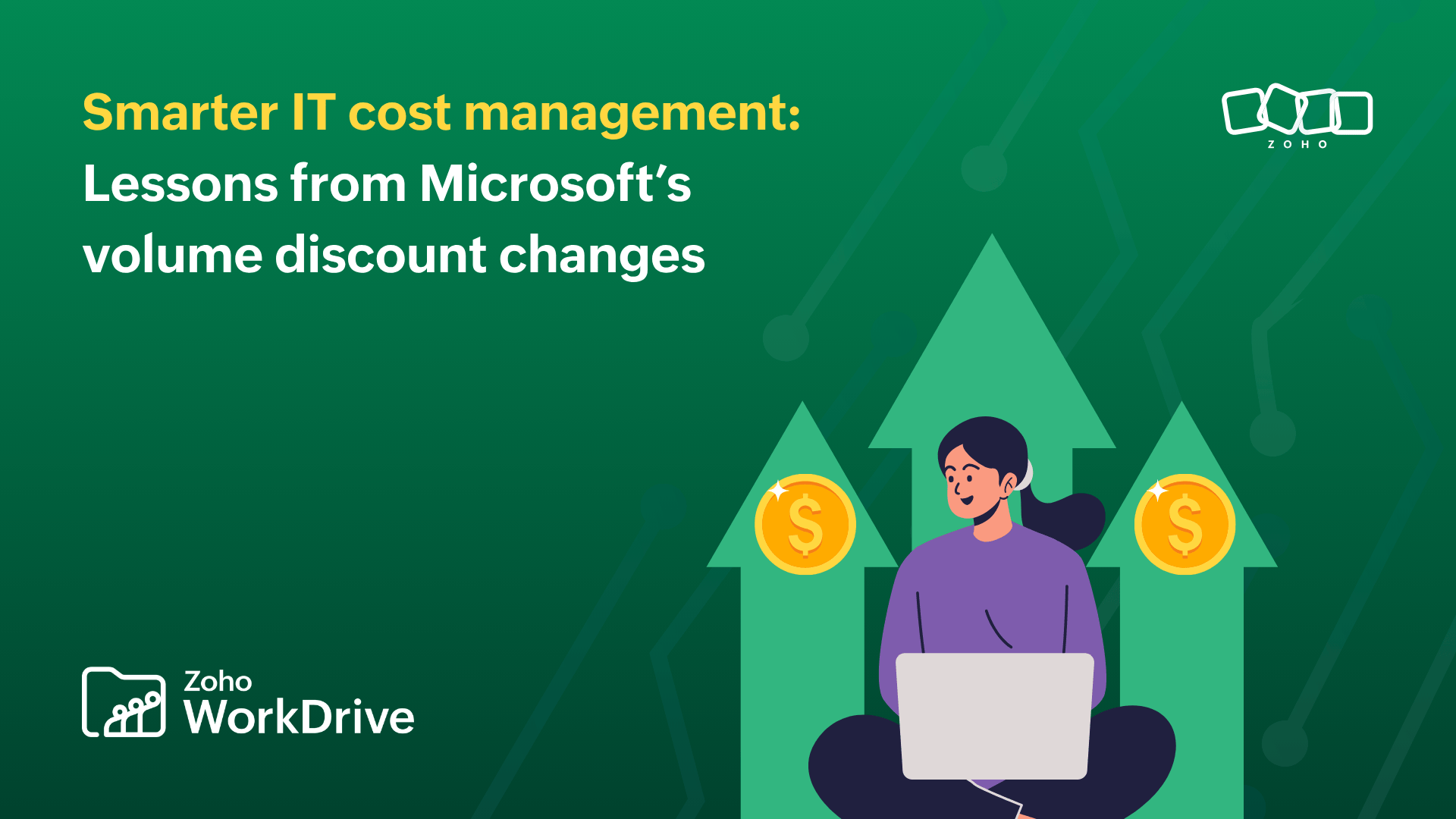Understanding intellectual property: Laws and best practices
- Last Updated : December 13, 2023
- 1.2K Views
- 4 Min Read

Modern businesses use many different forms of content to define their identities. The content, whether in the form of a logo design, tagline, or sales strategy, is considered the company's intellectual property. Businesses rely on their intellectual property to give them an edge among competitors and to position their brand in the market. This is why it is essential to be aware of the rights businesses have to protect the intellectual property they hold.
In honor of this year's World Intellectual Property Day, we're discussing the "what's, why's, and how's" of intellectual property. Let's take a look at the laws, rights, and best practices that can help you protect your creative ideas.
What is intellectual property?
Intellectual property (IP) is an intangible entity resulting from a person or institution's creativity. The World Intellectual Property Organization (WIPO) defines intellectual property as, "creations of the mind, such as inventions; literary and artistic works; designs; and symbols, names and images."

These creations are protected under six broad categories.
Patents: A legal right granted to an individual or a business to signify ownership of a particular invention. Patents may be granted for a physical product, process, or a method, only when they are new and/or obscure. Patents are licenses, which means they are transferable.
Copyrights: The ownership of any written, audio, or video content can be protected by a copyright, which gives exclusive rights to the creator to reproduce, change, or distribute their work. Every country has predefined copyright lengths, upon which the ownership of the copyrights is determined again.
Trademarks: Trademarks protect the way a term, phrase, or logo is used in commerce. Every country has a separate authority responsible for granting trademarks. For instance, the U.S Patent and Trademark Office is responsible for granting patents and trademarks in the U.S. Once granted, trademarks protect symbols as long as they are used in the marketplace.
Industrial designs: These refer to the aesthetic aspects of an article. Aspects can range from three-dimensional features, like shapes, configurations, and patterns, to two-dimensional feature, like line compositions or the color of the subject.
Geographical indications: Any goods that originate from a particular geographic location, and have a reputation defined by their place of origin, qualify for geographic indication. Products like food, wine and spirits, handicrafts, and industrial products can all be marked with a geographical indication.
Trade secrets: Confidential and proprietary business data. This information gives the owner a competitive advantage over other market players. Consumer lists, pricing strategies, sales methods, launch strategies, and even the ingredients in a food recipe can be examples of trade secrets.
Protection against intellectual property theft:
Intellectual property laws were drafted to encourage individuals to create genuine content and to protect their rights of ownership for the content they create. Additional statutes have been drafted to safeguard the originality of intellectual property. Some noteworthy mentions include:
- Moral rights
- Utility models
- Database rights
- Indigenous intellectual property
IP infringements and how to avoid them:
When someone uses the intellectual property of any other individual or company, it might lead to an intellectual property rights violation or an IP infringement. Though today's digital society offers a wide variety of open sources to prevent IP infringement, violations still occur.
Here are a few common IP rights violations, and some tips for protecting your creations.
Copyright violation: This is when a company or an individual uses the property that is protected under the IP laws, without the grant of permission from the owner. This infringement of the exclusive rights granted to the copyright holder is also called piracy. Requesting permission from copyright holders to use their IP will ensure that you are free of any violations. A clear understanding of copyrights is also beneficial.
Trademark violation: When someone uses a logo or tagline that is identical or confusingly similar to the logo or tagline of another company, it is considered a trademark violation. You can protect your logos and taglines from this type of violation by getting them trademarked by the nodal authority that oversees intellectual property rights in your country.
Cybersquatting: This refers to the unauthorized usage of internet domain names that are similar to any trademark, service mark, or organization's name. In the event of cybersquatting, the defendant can approach legal authorities about the violation of the anticybersquatting consumer protection act.
Best practices to protect your IP data:
Violation of intellectual property laws can lead to steep financial penalties. Business owners must ensure that they aren't improperly making use of any protected content. Although prevention of IP rights violations have been explained in the previous section, implementing these best practices can lead to better data protection across your organization.

Here are a few best practices you can follow to protect your intellectual property.
Use password-protected sharing:
When sharing a file, use password-protected share links to ensure that only the intended recipient can see the information. For businesses that often collaborate with external partners and clients, this measure can significantly enhance the security of shared data.
Get legal assistance:
If you're concerned about any IP rights infringement, it is best to consult with a lawyer. If there's a chance you're responsible for an IP rights violation, you may face hefty penalties. This can be particularly damaging for small and growing businesses.
Monitor your team when they handle IP:
In an organization, any shared intellectual data can be susceptible to tampering. So, it is best to choose a cloud service that allows you to perform an audit to identify the individuals who have access to your files, and apply access controls to prevent information from getting into the wrong hands.
End note:
A timely reminder of the significance of intellectual property rights in promoting innovation, creativity, and economic advancement is provided by World Intellectual Property Day. As reflected by this year's theme, the acceleration of creativity and innovation paves the way to ground-breaking advancements. Nevertheless, in today's fiercely competitive global market, businesses that invest in protecting their intellectual property are better positioned to succeed.


